I was very fond of the huge Gulgangi tree in our school grounds. It provided shade to batches of students for years. Many students would sit in groups and enjoy their lunch under the shade of the tree.
Picture1 – Gulgangi Tree
Our school assembly would be around it and during our free period we would pick up the brilliant red shining seeds littered on the ground and add it to our collection.
Picture2 – Gulgangi Seeds, which are 30 years old
We would use these seeds or Tamarind seeds to play Alagulimane/Mancala game, which is a board game with 2 X 8 depressions made on a wooden board. Mysore Zoo also has two of these trees near the Hippopotomous enclosure. I still collect the seeds from this place.
Picture3 – Alagulimane/Mancala game
Tree description
In Kannada this tree is called Gulgangi mara, Malayalam it is Manjadikuru, Malaysia it is Saga and the botanical name is Adenanthera Pavonina. The other common names are Coral Tree, Red Sandalwood, Bead tree, and Necklace tree. The tree is originally from Southeast China and India. It is a medium sized tree, which can grow up to 30 meters in height. It is a hard and fast growing tree with a round shaped crown.
The seeds germinate only if they are scratched or boiled for a minute or dipped in sulphuric acid. The leaves are green and compound. The flowers bloom twice a year and are tiny, yellowish with mild fragrance. The fruit pods are green and hang in bunches. The pods turn brown, contort and split open as they ripen to reveal the brilliant red seeds.
Picture4 – The leaves and ripe pods with seeds
The seeds are red, shiny, heart shaped and attractive. The weight of the seeds is uniform and hence was being used by jewelers to weigh precious metal and diamonds. These seeds were also used to make jewelry and rosaries. The seeds are also called as Circassian seeds and Jumbie beads. Even after decades the seeds retain their color and shine.
Picture5 – Gulgangi Tree in Singapore Zoo
Another variety of this tree is called Chicken eyes (Adenanthera bicolor). It is a native of Sri Lanka. The seeds are smaller in size than the Circassian seeds, oval in shape and have a black spot at one end.
Legend associated with the seeds
In the famous Krishna temple in Guruvayoor, Kerala there is a big heavy vessel filled with Manjadikuru/Circassian seeds placed near the entrance of the sanctum sanctorum in memory of a devotee. According to the legend a poor lady wished to go to Guruvayoor to see Lord Krishna and wanted to take something along with her as offering to the lord. As she could not afford to buy anything fancy, she collected the shiny red Manjadikuru as her humble offerings.
She set on foot to Guruvayoor and after 4 days of walking into forests and hills clutching her precious bag of Manjadikuru seeds she reached the sacred place exhausted. The day she arrived was the first day of the month and on this day it was the custom that the local ruler would visit the temple and offer an elephant to the lord. Due to the prominence given to the ruler in the temple the officers pushed people in arrogance to make way to the king. The frail lady fell down and her bag of Manjadikuru seeds was scattered on the ground. A tear rolled down her cheeks and fell to the ground. As soon as this happened the elephant ran amok and there was chaos all around. People prayed for this chaos to end. Suddenly there was a divine voice heard, the lord himself was asking where his ardent devotee was and the offering of Manjadikuru seeds that she had bought. The people understood their folly and helped the lady up and gathered the seeds and she was let inside to pray and see the Lord. The elephant calmed down immediately and peace restored in the temple.
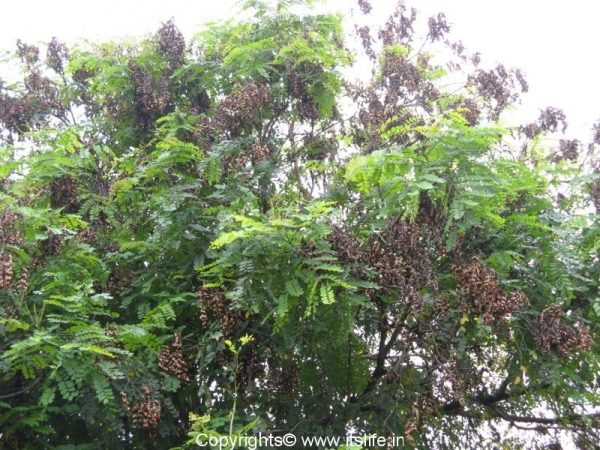
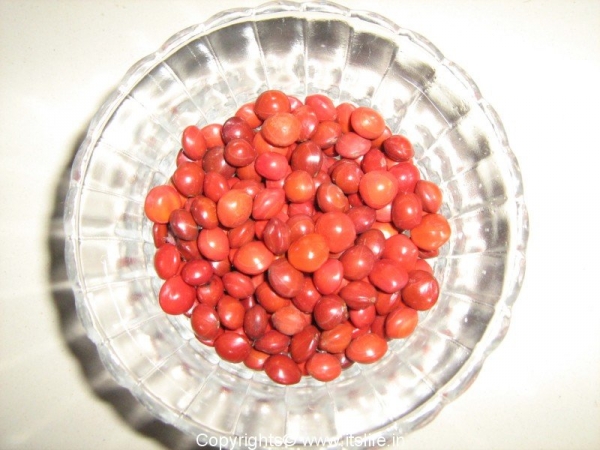

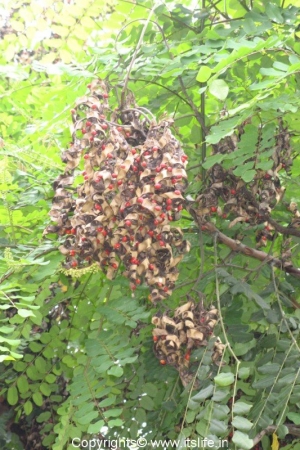
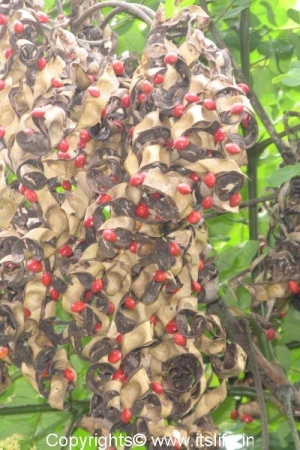
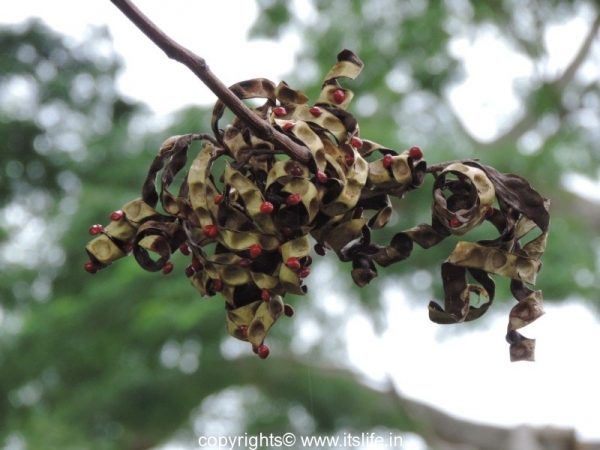

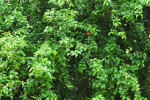
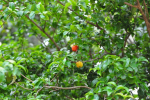
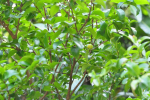
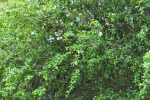
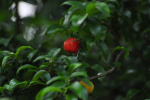
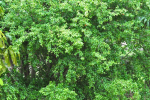

hai
I am also a big fan of nature and doing a blog based on nature. Loved yr posts very much. Appreciating all yr efforts and hoping you all success in life
Thanks Aswathi and all the best for your blog.
Hi
I”am very thankful to this blog it helped me a lot for my daughter”s projectwork .
Hi Akhila,
I am glad that the information here helped you. Keep visiting.
Hi! I’m so happy I found your write up about the seeds that take me way back to my kindergarten years when I last collected them. Its been almost 19 years since I’ve seen another ‘gulgangi tree’ (or gundumani as I used to call it) since my school on Convent road Richmond town had soon become a construction site where an apartment was to come up. I have desperately been searching and asking around so if you happen to know the location of this tree anywhere in Bangalore where I could collect some fresh seeds to plant I would be… Read more »
Update: I finally managed to get some and planted them Here’s a like to a few pictures-
Here’s a like to a few pictures-
Hi,
I am glad this article took you down the memory lane. You can try for the plant in Lalbagh Nursery and I am sure there is a Gulgangi tree in Lalbagh. There are still few of these trees in Mysore Zoo!
Regards,
Shantha
Glad you could grow this tree. All the best!
I was trying to find more information about this tree and saw your blog.It is very informative and the story about the old lady lifted my spirits.
Thank you.
gulagangi yalli sigute?
With due reverence, kindly do enlighten the article with the inclusion of data on white & black strain of the same seeds.
Thanks
I I loved these seeds as a kid, still do. I had a couple and they were my most precious possessions. I had NO idea they were seeds… one day I was walking down one of the tree lined streets of old Bangalore and looked down to see the ground covered with these seeds and slowly, incredulously it dawned on me that they came from trees. It was as if I had found the world biggest treasure. Still dream of it, they cut that tree down by the time I was old enough to go back to try and collect… Read more »
I love these seeds too…and I still have the ones that I collected few decades back.